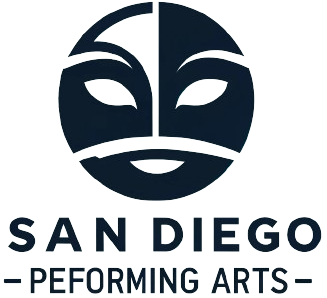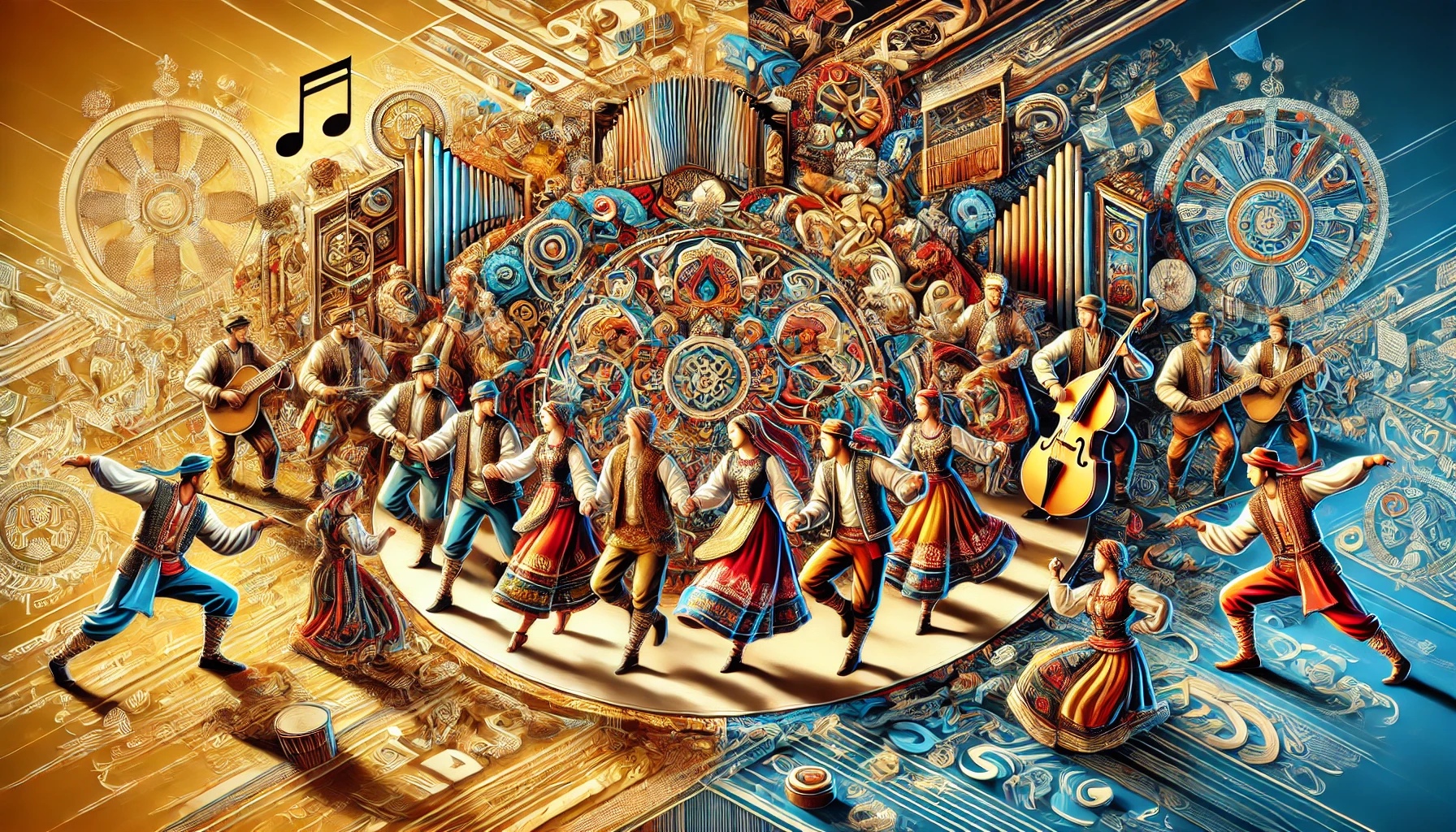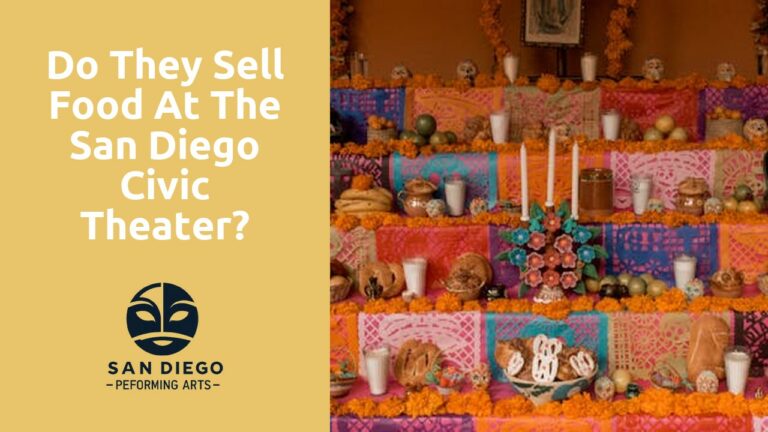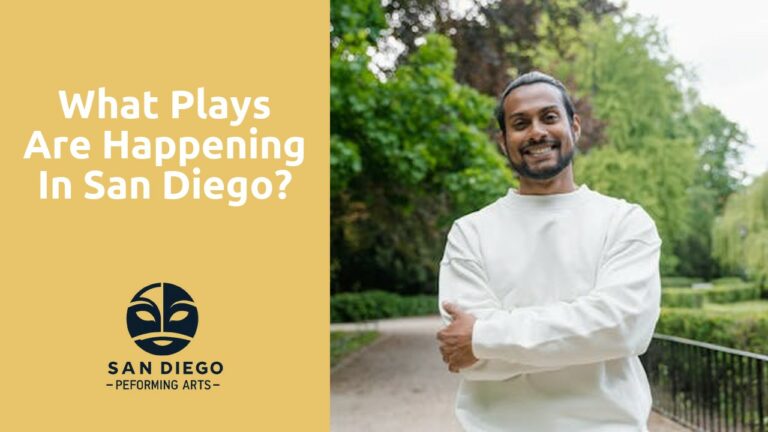Why Folk Dance is Important
Folk dance is a vibrant and integral part of our cultural heritage, reflecting the traditions, customs, and history of various communities around the world. It serves as a living testament to the shared experiences and values of people, offering insights into their way of life, beliefs, and artistic expressions. In this article, we will delve into the significance of folk dance, exploring its historical roots, cultural relevance, and the numerous benefits it provides to individuals and communities alike.
Historical Roots of Folk Dance
Folk dance has been an essential form of expression for centuries, originating from the daily lives and rituals of people in different regions. These dances were often performed during festivals, religious ceremonies, and communal gatherings, serving both celebratory and ceremonial purposes. Each dance tells a story, whether it be about agricultural practices, historical events, or social customs, making them a rich source of historical and cultural knowledge.
For example, the Hula dance from Hawaii embodies the stories of the Hawaiian people, their gods, and their environment. Similarly, the Flamenco dance from Spain captures the passion and struggles of the Andalusian gypsies. These dances have been passed down through generations, preserving the essence of their origins while evolving with time.
Cultural Relevance
Folk dance is a powerful tool for preserving and promoting cultural identity. In a world that is becoming increasingly globalized, maintaining a connection to one’s cultural roots is crucial. Folk dances provide a sense of belonging and pride, allowing individuals to celebrate their heritage and share it with others. This cultural exchange fosters mutual respect and understanding among diverse communities.
Moreover, folk dance plays a significant role in educating younger generations about their cultural background. It instills a sense of history and tradition, helping them understand their ancestors’ way of life and the values they held dear. Through folk dance, children learn about the importance of community, cooperation, and respect for traditions.
Benefits of Folk Dance
The benefits of engaging in folk dance extend beyond cultural preservation. Here are some key advantages:
1. Physical Health: Folk dance is an excellent form of physical exercise. It improves cardiovascular health, enhances coordination, and increases flexibility. The rhythmic movements and continuous motion help build stamina and muscle strength.
2. Mental Well-being: Dancing is known to release endorphins, the “feel-good” hormones, which reduce stress and anxiety. Folk dance, in particular, provides a joyful and uplifting experience, promoting mental well-being and emotional stability.
3. Social Connections: Participating in folk dance creates a sense of community. It brings people together, fostering social interaction and building strong bonds. These connections can lead to lasting friendships and a supportive social network.
4. Cognitive Skills: Learning and performing folk dances require memorization of steps and sequences, which enhances cognitive function. It improves memory, attention, and concentration, contributing to overall mental agility.
5. Cultural Appreciation: By engaging in folk dance, individuals gain a deeper appreciation for their own culture and the cultures of others. This appreciation fosters a more inclusive and harmonious society.
Folk Dance and Modern Society
In today’s fast-paced world, the relevance of folk dance may seem diminished. However, it remains a vital part of many communities and continues to adapt to modern times. Folk dance festivals and competitions are held worldwide, attracting participants and spectators from various backgrounds. These events not only showcase traditional dances but also encourage cultural exchange and innovation.
Furthermore, folk dance has found its place in contemporary education systems. Schools and universities incorporate folk dance into their curricula, recognizing its educational and developmental benefits. This integration ensures that folk dance remains a living tradition, accessible to new generations.
Examples and Tips for Understanding Folk Dance
To better understand the importance of folk dance, let’s explore some well-known examples and practical tips:
Example 1: The Irish Jig
- Origin: Ireland
- Description: A lively dance characterized by rapid foot movements and intricate steps.
- Significance: The Irish Jig is a symbol of Irish culture and heritage, often performed during St. Patrick’s Day celebrations.
Example 2: The Indian Bharatanatyam
- Origin: Tamil Nadu, India
- Description: A classical dance form that combines intricate footwork, expressive hand gestures, and elaborate costumes.
- Significance: Bharatanatyam conveys religious themes and stories from Hindu mythology, preserving ancient Indian traditions.
Example 3: The American Square Dance
- Origin: United States
- Description: A group dance where couples follow a caller’s instructions to perform synchronized steps.
- Significance: Square dance represents American rural life and is often associated with community gatherings and social events.
Tips for Engaging with Folk Dance:
- Attend Performances: Watching live performances or recordings can provide a deeper understanding of the dance’s cultural context and significance.
- Take Classes: Enrolling in folk dance classes can be a fun and immersive way to learn the steps and techniques directly from experienced dancers.
- Research: Reading about the history and cultural background of specific folk dances can enhance your appreciation and knowledge.
- Participate in Festivals: Joining folk dance festivals and events allows you to experience the joy of dancing in a community setting and meet people with similar interests.
When exploring why folk dance is important, it’s essential to consider its role in preserving cultural heritage, promoting physical and mental well-being, and fostering social connections. Folk dance offers a unique blend of historical significance and contemporary relevance, making it a vital part of our collective cultural identity. Engaging in folk dance not only celebrates traditions but also provides numerous benefits, including improved physical fitness, enhanced cognitive skills, and strengthened community bonds. By participating in and supporting folk dance, we contribute to the preservation and appreciation of diverse cultural expressions, ensuring that these vibrant traditions continue to thrive in modern society.
Conclusion
Folk dance is more than just a form of entertainment; it is a crucial aspect of our cultural fabric. It connects us to our past, enriches our present, and lays the foundation for a more inclusive and appreciative future. By understanding and participating in folk dance, we celebrate the diversity of human expression and contribute to the preservation of our shared heritage. Whether through attending performances, taking classes, or simply appreciating the artistry and history behind each dance, we can all play a part in keeping the spirit of folk dance alive.







